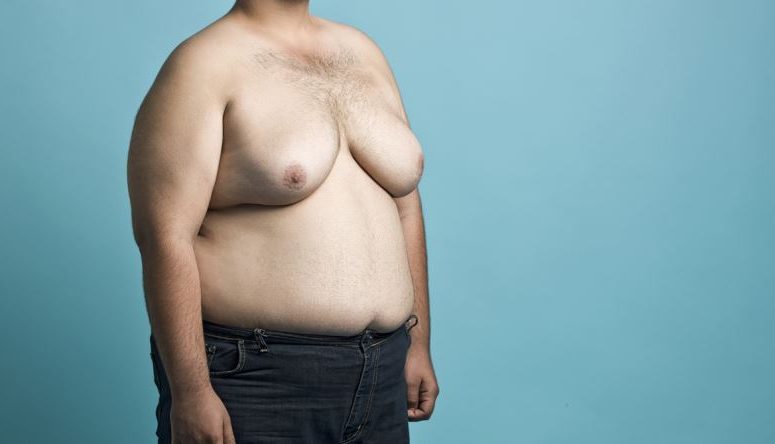Gynecomastia is a condition that makes breast tissue swell in boys and men. It can happen when the balance of two hormones in your body is thrown off.
Although breasts don’t develop in men the way they do in women, all boys are born with a small amount of breast tissue.
Boys’ bodies mostly make a hormone called testosterone, which guides their sexual growth during puberty. But males also make some estrogen — the hormone that steers sexual growth in girls.
When a boy is going through puberty, or when an older man’s body makes less testosterone, the balance of the two hormones changes.
Sometimes when that happens, a higher percentage of estrogen causes male breast tissue to swell. About half of adolescent boys and as many as two-thirds of men older than 50 will have this to some degree.
How Does It Happen?
A lot of things can trigger the hormone imbalance that causes male breast growth, and many times the exact cause isn’t known.
In addition to body changes such as puberty and aging, some things that can cause gynecomastia are:
* Injury or diseases that affect the testicles, which make testosterone
* Thyroid problems, since hormones from that gland control growth and sexual development
* Some cancers, including tumors of the lungs, pituitary gland or adrenal glands
* Obesity, which can result in more estrogen
* Medications for various illnesses, including heart disease, cancer, depression, or ulcers
* Illegal drugs, including anabolic steroids, marijuana, and heroin
* Kidney failure (when they can no longer clean and filter your blood)
* Liver disease
* Some infant boys may get gynecomastia briefly while hormones from their mother are still in their bodies.
Symptoms
Your first sign of gynecomastia may be a lump of fatty tissue under the nipple. Sometimes this lump is tender or sore.
This might make you worry that you have breast cancer, which does occur in a small number of men. Gynecomastia is not necessarily a sign of cancer, but your doctor may run some tests to rule it out.
Swelling of the breasts may happen unevenly, with one becoming larger than the other.
Diagnosis
If your doctor suspects you have gynecomastia, he will probably examine you to make sure there are no hard lumps, oozing fluid, or skin problems that could be signs of cancer.
He will also likely ask you some questions about your medical history that might include:
* Have you had illnesses such as mumps, kidney ailments, or liver disease?
* What drugs have you taken — legal or illegal?
You might also be given tests. They could include:
Blood or urine samples: These can be for signs of problems that might be affecting your hormone levels.
Mammogram or biopsy: Your doctor might want to take a mammogram — an X-ray of your breast — or take a small sample of tissue to look for signs of cancer.
Treatment
Most cases slowly get better on their own without treatment.
When you have gynecomastia, your doctor might refer you to a specialist known as an endocrinologist, who treats problems related to hormones and how they affect your body.
How your condition is treated may depend on your age, your health, how long your condition may last, and how well you respond to certain drugs.
If gynecomastia happens during puberty, it usually goes away on its own. This might take anywhere from 6 months to 3 years.
If it turns out your hormones are out of balance because of another health problem, you’ll want to treat that underlying condition.
You might be given medication to address the hormone imbalance that’s causing breast growth.
And in some cases, you might have surgery to take extra breast fat (liposuction) or breast gland tissue (mastectomy).
Your Emotional Reaction
Some studies suggest gynecomastia can fuel anxiety, depression, reduced self-esteem, or eating disorders, especially in boys going through puberty.
Your doctor might refer you to a mental health specialist to help address any resulting issues.

